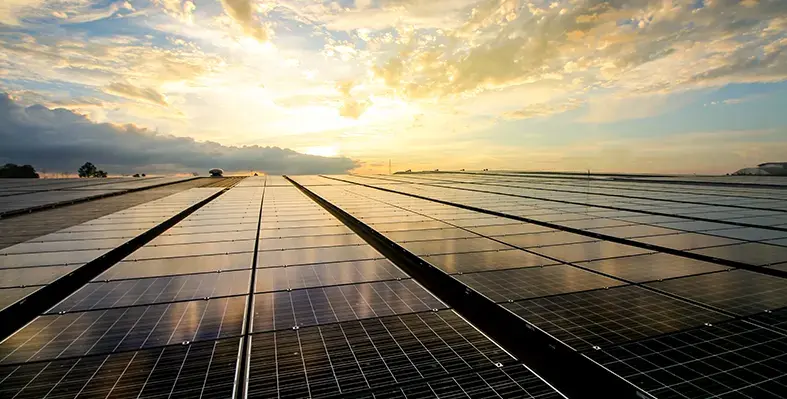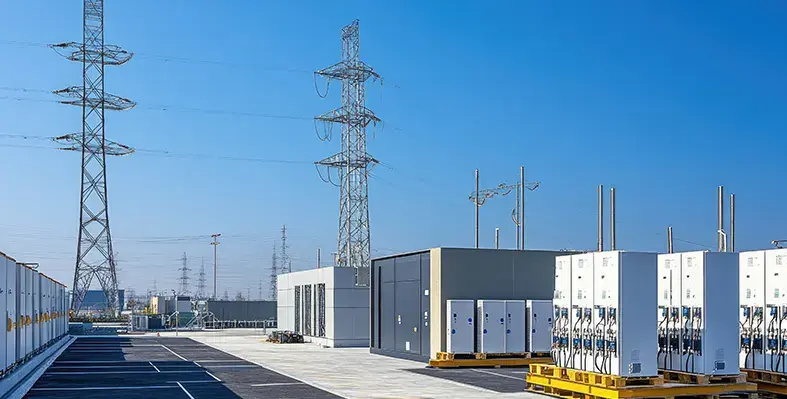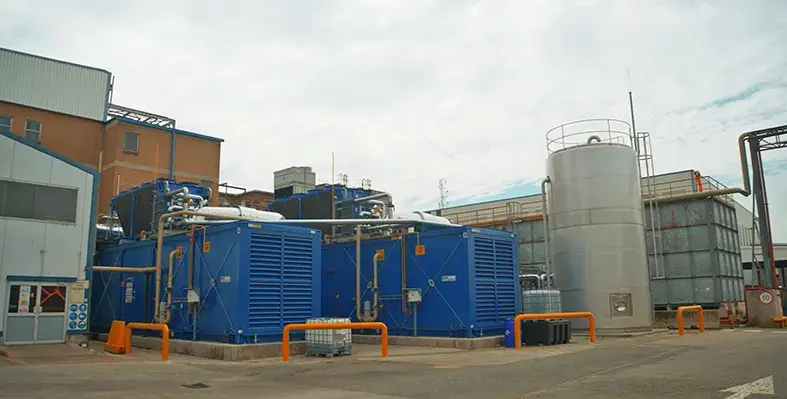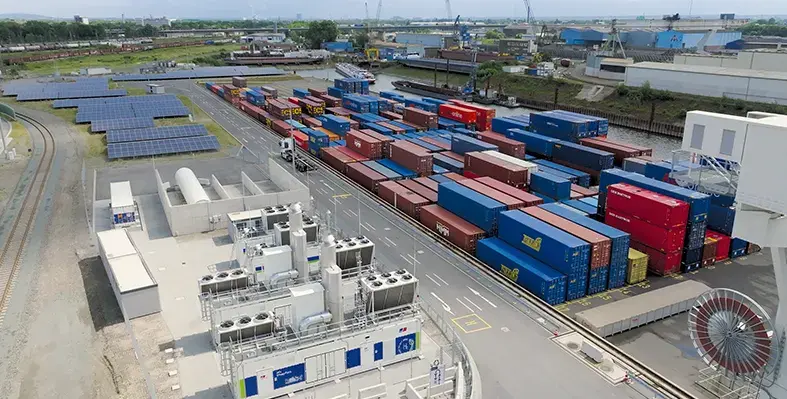JA Solar has significantly contributed to Zambia’s renewable energy expansion by supplying high-efficiency solar modules for the country’s largest standalone photovoltaic installation — the 100MW Kabwe solar power plant
The facility is equipped exclusively with JA Solar’s DeepBlue 4.0 Pro modules, known for their reliable performance in Zambia’s tough climate, which features extreme heat and seasonal shifts between wet and dry conditions.
The project was constructed by PowerChina and represents a major step forward in Zambia’s clean energy development. At the official launch, president Hakainde Hichilema highlighted the plant’s importance to the country’s energy strategy, noting that it aligns with Zambia’s goal to achieve 1,000MW of installed solar capacity.
Located in Central Province, an area impacted by electricity shortages, the Kabwe plant is expected to generate approximately 180 million kilowatt-hours of renewable electricity each year. This output will support the energy needs of around 150,000 households and reduce the region’s electricity deficit by up to 30%.
Reliable solar solutions
JA Solar’s DeepBlue 4.0 Pro modules offer high energy yield and long-term operational stability. Their proven resilience under extreme conditions enhances the dependability of Zambia’s energy infrastructure and contributes to the country’s broader transition to low-carbon power sources.
The Kabwe solar project is also delivering socioeconomic benefits to the region. More than 1,300 local jobs were created during construction, and the expansion of electricity access is set to stimulate economic growth in industrial, agricultural, and mining sectors.
Building on the earlier success of the 33MW Riverside solar plant commissioned in 2023 — which also uses JA Solar modules — the Kabwe project further reinforces the market’s confidence in the DeepBlue series and its adaptability to varied environmental conditions.
“We are honored to support Zambia’s clean energy development through the Kabwe project,” said Aiqing Yang, executive president of JA Solar. “Their trust in our solutions reflects our commitment to delivering high-efficiency, high-reliability technologies tailored to regional needs. We are focused on creating long-term value for our partners and the communities they serve.”
In 2025, JA Solar received multiple accolades for product performance and innovation. These include “Top Brand PV Africa” by EUPD Research, “Overall Highest Achiever” by the Renewable Energy Test Center (RETC), and “Top Performer” in PVEL’s PV Module Reliability Scorecard. These recognitions affirm JA Solar’s leadership in solar technology excellence.
As Zambia works to diversify its energy mix and improve grid stability, the Kabwe project stands as a major milestone in its clean energy journey. JA Solar’s advanced modules, engineered for performance under local conditions, demonstrate the effectiveness of scenario-based solutions in real-world deployments. The company remains committed to supporting Africa’s sustainable energy future with dependable, high-performing products.










